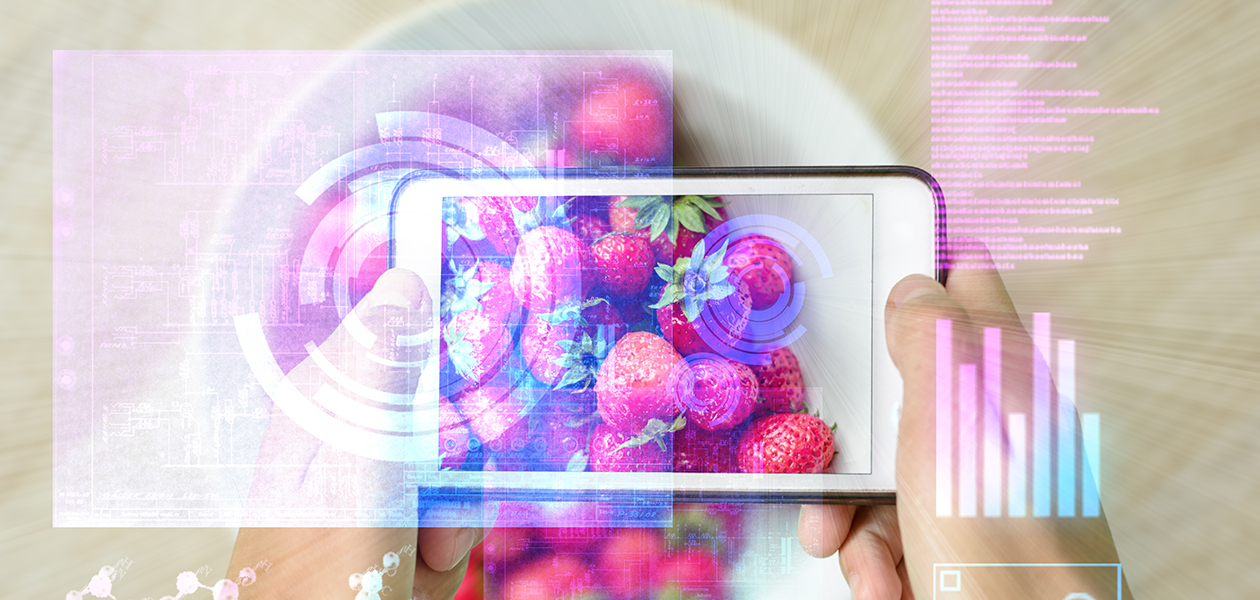Spicing up the F&B industry with technology
If you thought whipping up a good meal was just about putting food over a fire, think again. Blockchain, AI and 3D printing are some of the latest trends in food innovation.
Few things in this world unite people as much as food. Different cultures create different cuisines to be consumed by two broad categories of people—those who eat to live, and others who live to eat. In 2017, the global food and beverage (F&B) industry was valued at US$5.65 trillion. As the world’s population increase and countries become wealthier, the market for food looks set to grow in tandem.
While cooking need not be a very technologically-intensive activity, the way ingredients are procured, processed, prepared and presented can all be enhanced by innovation. For F&B business owners, cost savings or productivity improvements at any of these points in the value chain can contribute to higher profit margins and better customer satisfaction.
Here, we feature three rising trends in the way food is being brought from farm to fork.
Removing weak links in the food supply chain
Lapses in food safety have been the cause of hundreds of cases of foodborne illnesses, some of which can be serious and even life-threatening. Aside from being a public health concern, food safety lapses can cost companies millions of dollars. But more than just the financial toll, the loss of public trust can be even more difficult for a company to recover from.
Such unfortunate incidents could soon be a thing of the past with the incorporation of blockchain technology in the food supply chain. In a food supply blockchain, every step that a particular food item takes before it reaches the dinner table is recorded on a digital ledger using unique identifiers. This digital record can be made accessible to retailers or consumers through the food labelling, such as with QR codes, thus serving as a convenient and failsafe way of tracing the food’s origin and quality.
If food contamination occurs, the information recorded on the blockchain helps accelerate the identification of affected batches of products as well as facilitate the detection of the source of contamination. Contaminated food can be rapidly recalled, thereby tightening food safety. The global food traceability market has been estimated to grow to US$14 billion by 2019, making it a lucrative trend to tap into.
Creating a clever kitchen
Safety concerns aside, the nutritional value of food matters as well. As people become increasingly health-conscious, they will want to know whether their dietary intake meets their metabolic needs. According to Forbes, consumers are willing to fork out a premium for food that they regard as more healthy. While not everyone can afford to consult a nutritionist for every meal, AI is making it possible for the average person to evaluate the wholesomeness of the food they consume.
Harnessing the power of artificial neural networks and other machine learning methods, researchers are parsing food image libraries to perform analyses on the various ingredients that go into the making of a dish. The AI then generates a readout of the various properties of the dish, such as the total number of calories contained within it. Consumers can tweak their diets based on these readouts, while F&B establishments can tailor their menus to suit their customers’ needs, thus paving the way for personalised meal plans.
From a business owner’s standpoint, AI that recognises food items can also improve kitchen inventory management. By tracking the type and amount of ingredients that are purchased and used by the kitchen over a defined period of time (e.g. in a month), F&B companies can optimise their procurement processes and reduce food wastage, which culminates in cost savings in the long run.
Bringing a new dimension to food
Thus far, we have seen how technology is improving the practical aspects of the F&B industry. The aesthetics and presentation side of food are not to be ignored either. For example, in this modern age of Instagram and social sharing, ornate cakes and pastries are the new social currency. However, the creation of these elaborate delicacies requires a significant amount of time, effort and attention to detail.
3D food printers are bringing a new level of mechanical precision and sophistication to the kitchen without the corresponding labour cost or time spent on training staff. Equipped with food-safe materials and accessories, these printers are highly versatile, capable of producing fancy-looking treats that appeal to a generation obsessed with social media.
Another population demographic that is served by 3D food printing is the elderly, who may have difficulty chewing and swallowing. In this case, a 3D food printer could be used to print a puree that mimics the original shape and taste of a specific food item, making it easier to eat and just as palatable. Given the diversity of uses for 3D food printing, it is perhaps unsurprising that the global market for 3D food printing is expected to be worth US$425 million by 2025.
Clearly, technology is shaking up the F&B industry, giving forward-looking food establishments an edge over their competitors. If you are a business that is keen on riding this rising tide of food innovation, reach out to IPI for customised tech-matching services.

